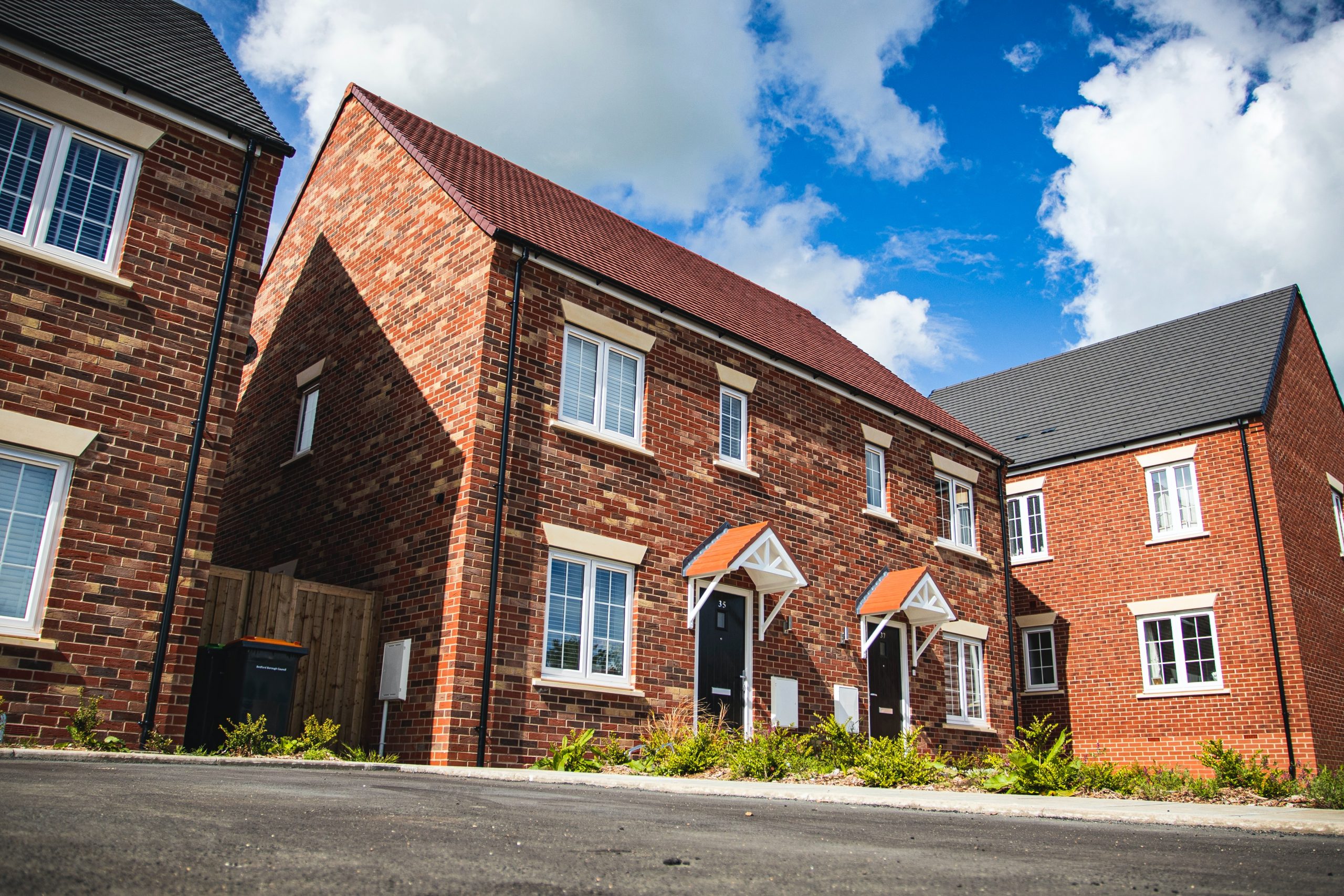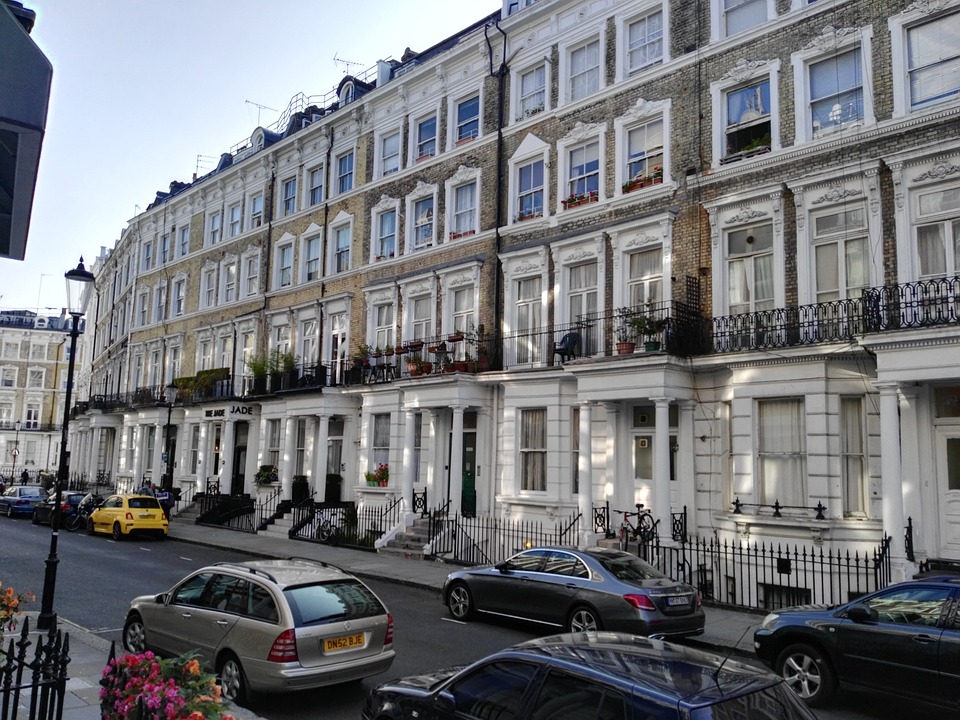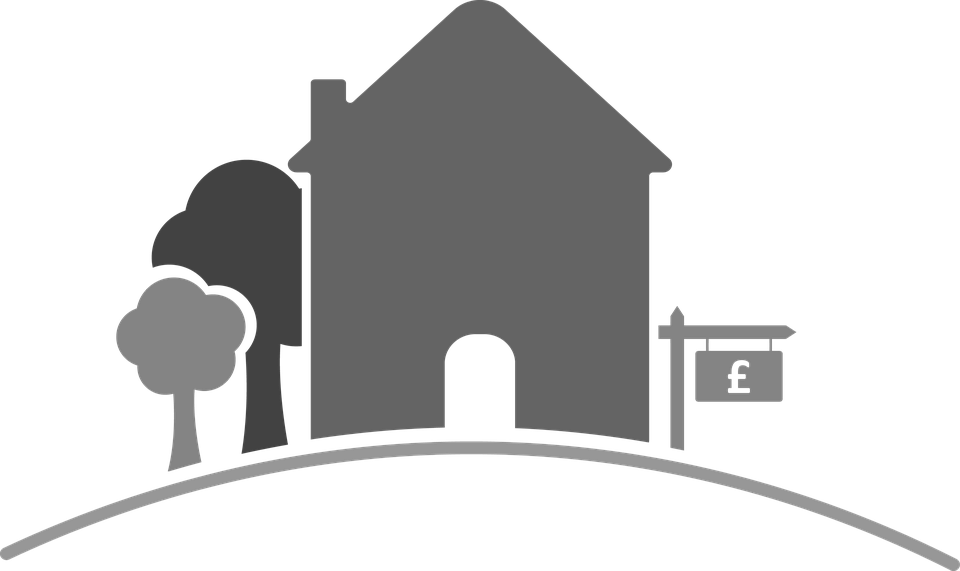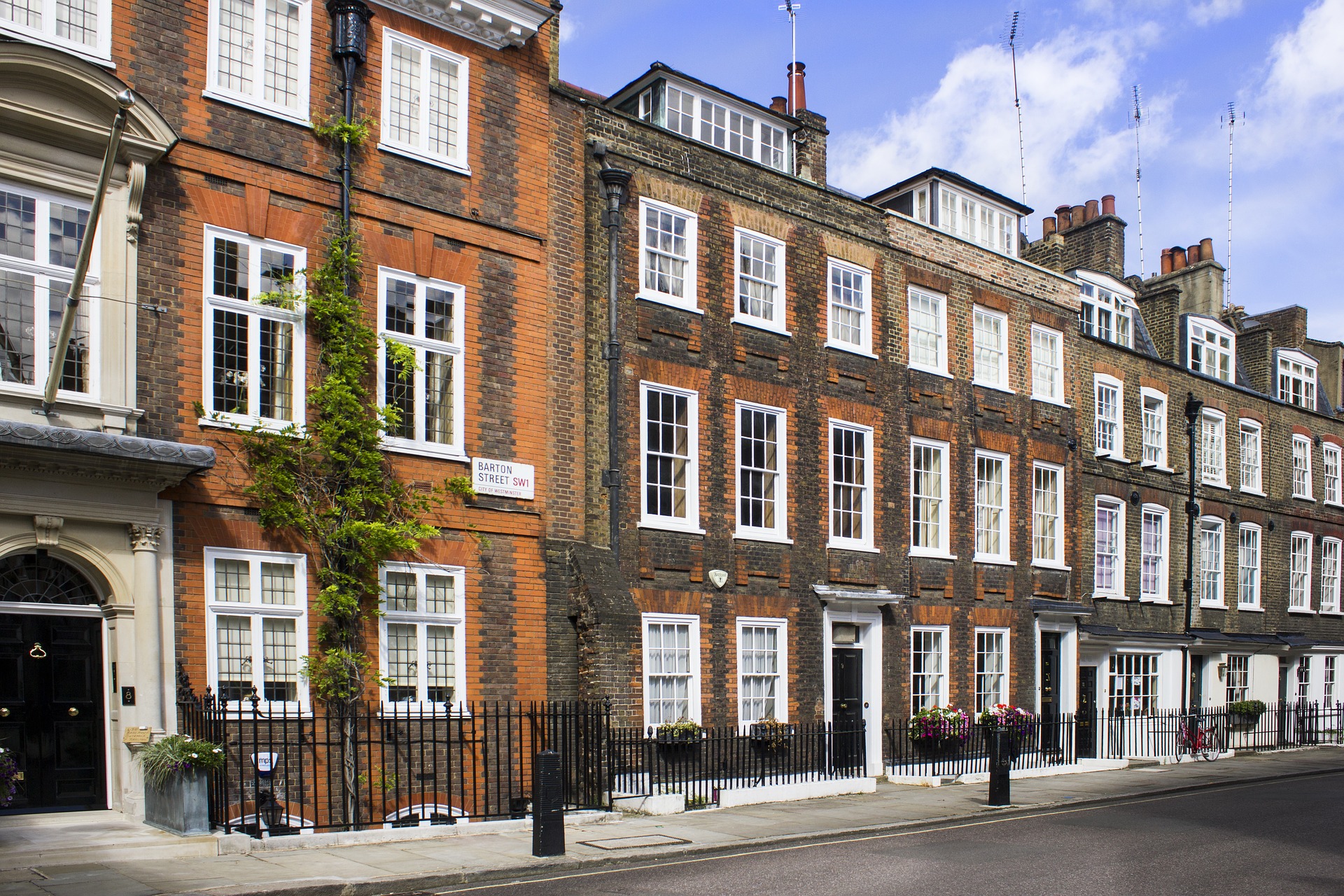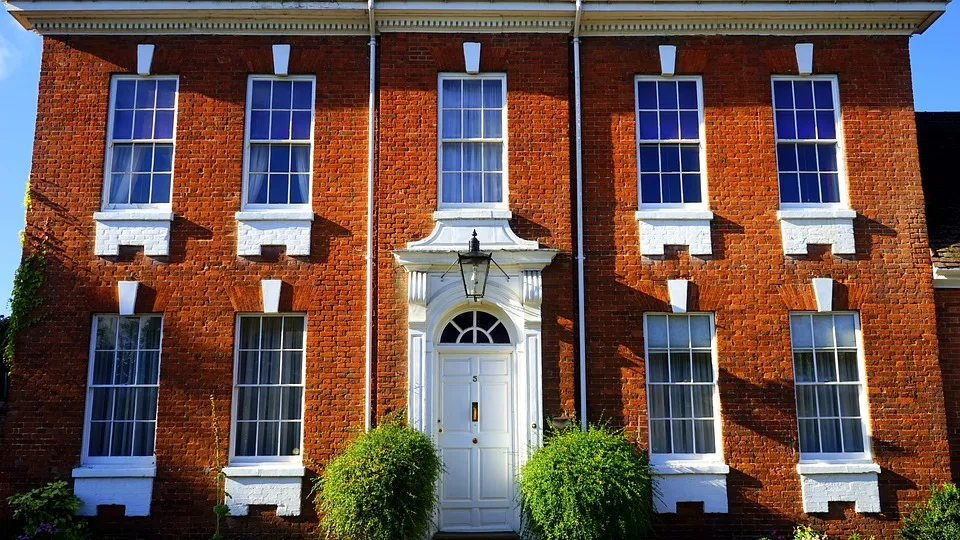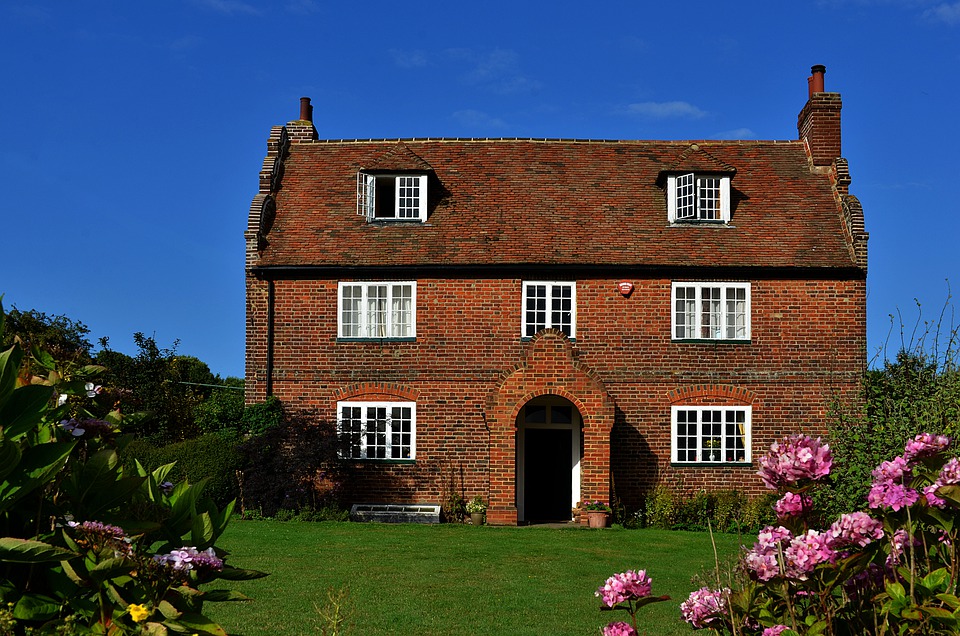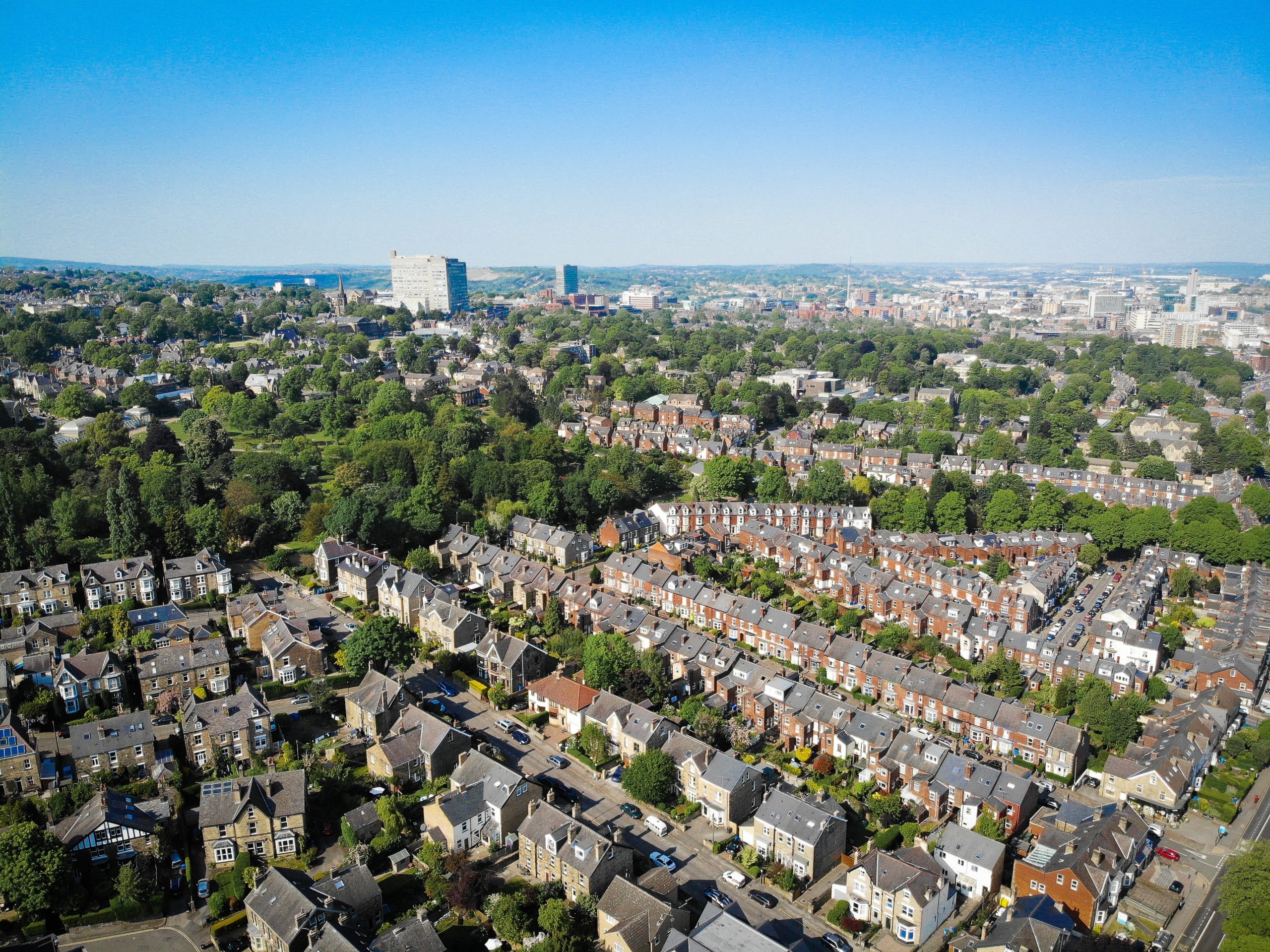Average house prices in the UK rose by 0.5% to £286,489 from March to April, Government figures show.
The Office for National Statistics (ONS) house price index for April showed that this was a 3.5% annual increase or £9,000 higher. The growth has dropped from the 4.1% yearly rise recorded in March. Additionally, average house prices were down £7,000 from their peak in September.
Prices still above pre-pandemic levels
Vikki Jefferies, propositions director at Primis, said the figures were not surprising, “given the strain of higher interest rates and unpredictability of the housing market”.
However, she added: “It is a positive sign that house prices still remain well-above pre-pandemic levels, and the downward trend has been much less pronounced than some predicted at the beginning of the year.
“The main challenge for homebuyers now is a volatile mortgage market, which has seen mortgage rates rise to their highest levels since Q4 2022. With more than 400,000 people seeing their existing fixed deals end between July and September, it is crucial that borrowers seek financial advice as soon as possible to ensure they are getting the best deal.”
Contact us today to speak with a specialist Commercial Finance Broker to discuss how we can assist you.
‘May be the last increase for a while’
Karen Noye, mortgage expert at Quilter, said it was a surprise that house prices had risen and added: “However, considering the mortgage storm that is currently battering the country, this is likely the last time we will see an increase in prices for some time.”
“This morning’s flat inflation figure will have been exactly what mortgage borrowers didn’t want to see as those with low-cost deals will be bracing for their mortgage deals to come to an end and sadly find that their monthly payments skyrocket.”
Regional differences
Average house prices in England increased by 0.5% month-on-month to £305,731, which was 3.7% higher than last year.
The greatest increase was recorded in London, where average values rose by 2.1% over the month to £533,687. Meanwhile, prices in the South East dropped by 0.5% to £391,766. These represented annual increases of 2.4% and 3.5% respectively.
At 2.4%, the annual uptick for house prices in London was the smallest growth recorded in April, while the North East saw the biggest jump with a 5.5% rise to £159,900. Compared to March, average house prices in the North East were 1.8% higher.
In Wales, the average house price fell since March by 1.3% to £212,834. Annually, this was a 2% increase.
Houses prices in Scotland rose by 1.3% on average since March to £187,150, which was also a 2% rise. Meanwhile, in Northern Ireland, average house prices fell by 1.8% month-on-month to £172,005 and recorded a 5% annual rise.
Read about the UK Housing Market via our Specialist Residential & Buy to Let Division
Property and buyer type
First-time buyers paid 0.6% more for their homes on average in April, with values coming to £238,114. Former owner-occupiers saw prices go up by 0.5% to £336,056. Annually, these represented rises of 3.3% and 3.7% respectively.
The value of an average detached home increased by 4.2% annually to £453,771, while a semi-detached home’s value rose by 4.5% to £278,729.
The average price of a terraced home went up by 2.1% to £231,525 compared to last year, while the average price for a flat or maisonette increased by 2.7% to £229,752.
By Anna Sagar
Source: Your Money

